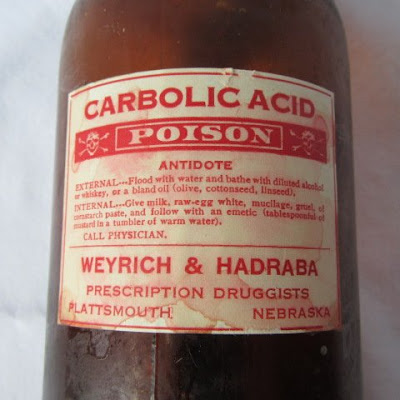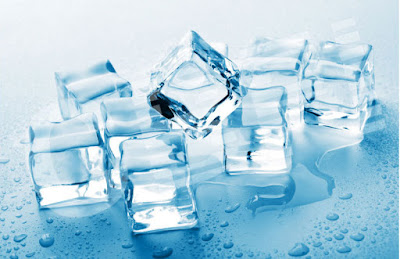
Effort Syndrome Neurocirculatory Asthenia—Soldier's Heart. These many long names merely indicate a weak heart, and a weak heart does not imply a diseased heart.
Because a man's heart cannot stand the inhuman strain of soldiering, it does not necessarily follow that he is not good for anything, and is an invalid; just as well as the mental abhorrence of war does not prove a man a coward or mentally unbalanced.
But the inhuman physical and mental strain of war is enough to cripple both the heart and mind of the average normal man, as the overwhelming number of physical and mental breakdowns among soldiers have proved.
That is why "soldier's heart" is also called "neurocirculatory asthenia," because it is a complete oozing out of nerve energy and an exhaustion of the heart and circulation, from the unnatural physical and mental strain. In this condition, the patient feels weak, faint, dizzy and has a suffocating, breathtaking pressure around the heart.
His pulse is rapid, and his blood pressure high. He may be covered with a cold sweat, feel numb in his limbs, and tremble all over, but he has no fever. His breathing is rapid and he cannot hold his breath for more than a few seconds, while the normal person can hold his breath for a few minutes.
After an exercise test his pulse rate stays high, while in a healthy person the pulse rate returns to normal in a minute Or two. In all such cases, the presence of organic diseases of the heart, lungs and other organs must be excluded.
If such diseases are present, they must receive prompt treatment, otherwise the treatment consists of separating the patient from his exhausting task, giving him a complete rest in bed, a light but nourishing diet, and absolute abstention from alcohol, tobacco and coffee.
Neurocirculatory asthenia is not exclusively a soldier's disease, civilians who overwork, overeat, and knock themselves out with indulgence in alcoholic beverages and tobacco will get similar attacks. And the treatment is the same as for the soldier.
But don't let yourself in for the "nerve section" operation which has been done in such cases.
Because a man's heart cannot stand the inhuman strain of soldiering, it does not necessarily follow that he is not good for anything, and is an invalid; just as well as the mental abhorrence of war does not prove a man a coward or mentally unbalanced.
But the inhuman physical and mental strain of war is enough to cripple both the heart and mind of the average normal man, as the overwhelming number of physical and mental breakdowns among soldiers have proved.
That is why "soldier's heart" is also called "neurocirculatory asthenia," because it is a complete oozing out of nerve energy and an exhaustion of the heart and circulation, from the unnatural physical and mental strain. In this condition, the patient feels weak, faint, dizzy and has a suffocating, breathtaking pressure around the heart.
His pulse is rapid, and his blood pressure high. He may be covered with a cold sweat, feel numb in his limbs, and tremble all over, but he has no fever. His breathing is rapid and he cannot hold his breath for more than a few seconds, while the normal person can hold his breath for a few minutes.
After an exercise test his pulse rate stays high, while in a healthy person the pulse rate returns to normal in a minute Or two. In all such cases, the presence of organic diseases of the heart, lungs and other organs must be excluded.
If such diseases are present, they must receive prompt treatment, otherwise the treatment consists of separating the patient from his exhausting task, giving him a complete rest in bed, a light but nourishing diet, and absolute abstention from alcohol, tobacco and coffee.
Neurocirculatory asthenia is not exclusively a soldier's disease, civilians who overwork, overeat, and knock themselves out with indulgence in alcoholic beverages and tobacco will get similar attacks. And the treatment is the same as for the soldier.
But don't let yourself in for the "nerve section" operation which has been done in such cases.













